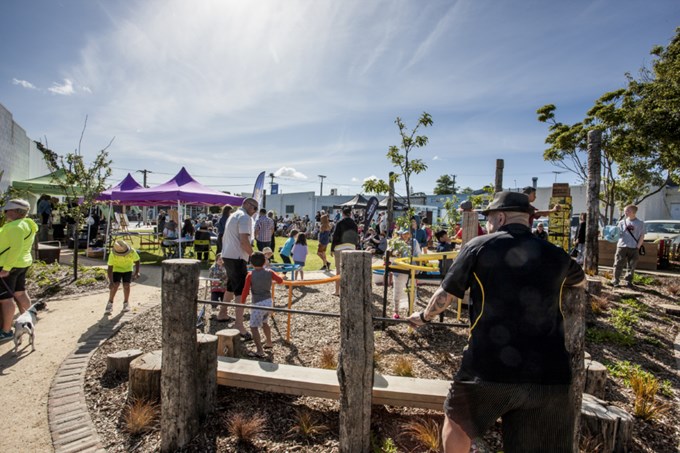The social impact of intensification was the theme of the Auckland Council Community Development and Safety Committee meeting on 1 June, held at Te Oro music and arts centre in Glen Innes.
Councillor John Watson, who chaired the meeting, urges developers and urban designers to make social connectedness a baseline requirement in all planning.
“If we really are to create the world’s most liveable city then everyone from the person drawing up the blueprints to the person giving the rubber stamp needs to understand, genuinely and completely, how people will use a space once it is built.
“That means thinking broader than a residential dwelling – it means adding new amenities, adding transport links, and adding places for people to ‘live’ outside of the four walls of their home.”
Alex Johnston, Deputy Chair of the Youth Advisory Panel, and Russell Rigby, Deputy Chair of the Seniors Advisory Panel, gave a joint presentation sharing bookend views on intensification from both ends of the age spectrum.
Johnston says, “If we look back at 1950s' New Zealand, and particularly Auckland, we were embracing the idea of suburban subdivisions as a retreat from the more crowded city, and Auckland has continued to build these sorts of suburbs since then.
“From a social perspective, the traditional suburb can create issues of social isolation and social disconnection, and this is true across the age spectrum.
“The golden bullet for intensification is finding that balance between living space and social space - places that help us moderate our interactions with people without having to retreat entirely,” he says.
“If done well, people will naturally develop a sense of community and trust in that community, which will in turn lead to a sense of belonging, pride and ownership.”
Rigby visualises a future city where an elderly person can downsize into an affordable apartment in the community they lived in their whole life, without needing to move away to the less expensive fringes of the region.
“We also need to think about the in-between places as we intensify; the bench in a neighbourhood street, the safe and easily traversed walkway, the rooftop garden or courtyard in an apartment block, the shared driveway in a row of townhouses – all the places where people can meet and socially interact with each other,” he says.
“This is the key to developing accessible and age-friendly cities.”
Natalie Allen, a PhD student at Auckland University presented on her thesis titled ‘Quality of urban life and intensification: understanding housing choices, trade-offs and the role of urban amenities’.
Allen says, “Urban amenities are incredibly important in mitigating any negative social impacts of intensification because the accessibility of them to residents directly relates to neighbourhood satisfaction; how happy people are living in their neighbourhoods.”
“We can’t lose sight of how people actually use their surroundings, and how they want to use them. This is particularly relevant to council planners, developers, urban designers and architects – essentially anyone involved in the built form.”


